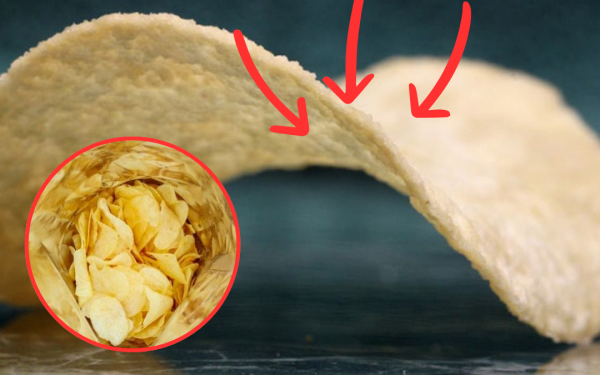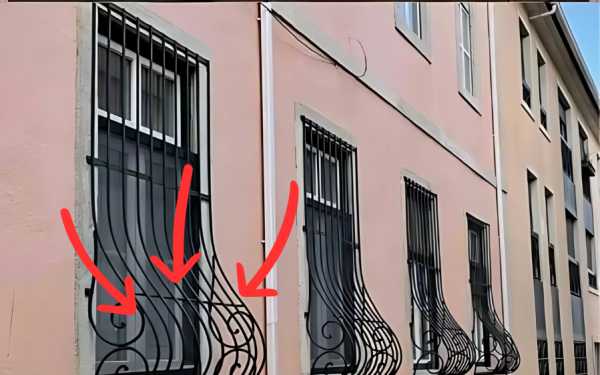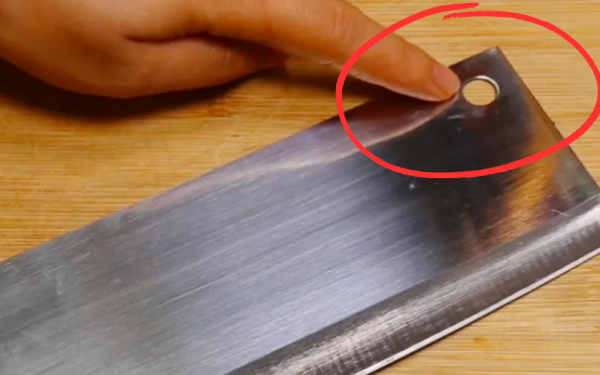7 proofs that Jesus really existed

The question of whether Jesus of Nazareth truly existed as a historical figure has intrigued believers and skeptics alike. While the theological claims about his divinity are a matter of faith, historical evidence sheds light on his existence. Scholars and archaeologists have uncovered compelling clues that support the notion that Jesus was a real person who lived in first-century Judea. Here are seven key pieces of evidence.
1. Written Records and Historical ReferencesPerhaps the strongest case for Jesus’ historical existence comes from written records, including accounts from non-Christian sources. Roman historian Tacitus mentions “Christ” being executed during Emperor Tiberius’ reign under Pontius Pilate, while Flavius Josephus, a Jewish historian, references “James, the brother of Jesus who is called Messiah” in his works.
Dr. Lawrence Mykytiuk, a Hebrew studies expert, explains, “For over 1,000 years, no one claimed that Jesus didn’t exist. Even non-Christian sources implicitly recognize him as a real historical figure”. The corroboration of Jesus’ existence from non-Christian sources lends significant credibility to the claim.
Additionally, early Christian writings, including the Synoptic Gospels (Matthew, Mark, and Luke), provide overlapping narratives about Jesus’ life and teachings. Though written decades after his crucifixion, they remain some of the most detailed records from antiquity.
2. Physical Evidence: The Crucified Heel and OssuariesIn 1986, a construction crew uncovered the remains of a man named Jehohanan in Jerusalem. His heel bore a nail, confirming he had been crucified—an archaeological find that aligns with descriptions of crucifixion during Jesus’ era. This discovery dispels claims that crucified individuals were discarded in mass graves, showing instead that families often retrieved and buried their loved ones.
The controversial James Ossuary, inscribed with “James, son of Joseph, brother of Jesus,” further suggests the historical existence of Jesus. Bible scholar Dr. Ben Witherington III argues, “The likelihood of this combination of names not referring to the famous James and Jesus is slim to none“. While debates about its authenticity continue, it remains a key artifact in the discussion.
3. Graffiti and Early Christian WorshipThe Alexamenos Graffito, discovered on the Palatine Hill in Rome, provides an unusual but telling piece of evidence. Dating back to the second century, it depicts a donkey-headed figure being crucified, with the inscription, “Alexamenos worships [his] god.” While intended as mockery, this graffiti affirms that Jesus’ crucifixion and worship were widely recognized, even by detractors.
Experts argue this “criterion of embarrassment” strengthens the case for Jesus’ historicity. Dr. Jonathan Reed explains, “The crucifixion would have been seen as shameful, yet early Christians embraced and reinterpreted it—a significant detail that would be unlikely to invent”.
4. The Shroud of Turin and SkepticismThe Shroud of Turin, a linen cloth bearing the image of a crucified man, has long been associated with Jesus. While many revere it as his burial shroud, scientific testing has challenged its authenticity. Radiocarbon dating suggests the shroud originated in the 14th century, leading some experts to consider it a medieval artifact.
Brazilian graphics expert Cicero Moraes posits the shroud may be a work of religious art: “It managed to convey its intended message very successfully”. Whether authentic or not, its cultural significance underscores the enduring belief in Jesus’ life and death.
5. Archaeological Discoveries: The Church of the ApostlesIn 2017, archaeologists uncovered the remains of a Byzantine basilica near the River Jordan, believed to mark the location of the Church of the Apostles, built over the homes of Peter, Andrew, and Philip. Excavations revealed a Roman-era fishing village beneath the church, adding weight to Biblical accounts of Jesus’ interactions with his disciples.
Dr. Steven Notley notes, “There are no other churches in the vicinity mentioned by Byzantine visitors, and there’s no reason to question that this is the [Church of the Apostles]”. While indirect, such findings support the historical accuracy of the Gospel’s setting.
6. The ‘Jesus is God’ InscriptionIn an Israeli prison, a mosaic inscription dating to 230 AD declares, “The god-loving Akeptous has offered the table to God Jesus Christ as a memorial.” This early reference to Jesus’ divinity highlights the rapid spread of Christianity and the enduring reverence for its founder.
Carlos Campo of the Museum of the Bible calls the mosaic “the greatest discovery since the Dead Sea Scrolls,” underscoring its historical significance.
7. Early Christian Relics and Their LimitsThough many relics attributed to Jesus, such as wood from the “True Cross” or nails used in the crucifixion, lack verification, they reveal the profound impact of his story. Dr. Marcus Borg, a Biblical scholar, observes, “We do know some things about the historical Jesus—less than some Christians think, but more than some skeptics think”.
Even amidst doubts about specific relics, these items reflect the cultural and spiritual imprint Jesus left on history.
A Real Historical Figure
While debates about Jesus’ divinity and miracles persist, the evidence supporting his existence is substantial. From written records to archaeological discoveries, these seven pieces of evidence collectively affirm that Jesus of Nazareth was not merely a mythological figure but a historical person who profoundly influenced the world.















